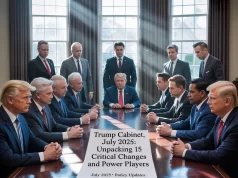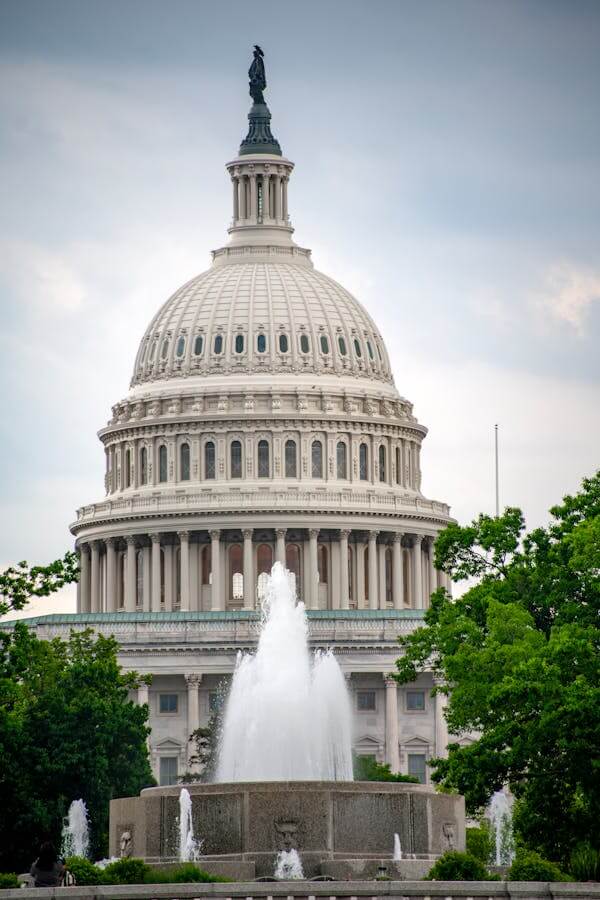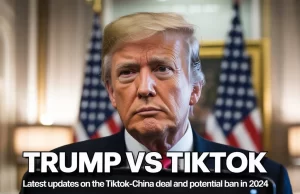In a landmark case that shook the legal and political world, the Supreme Court has significantly reduced the capacity of federal judges to issue nationwide injunctions. This decision is one of the major victories of President Donald Trump, which directly affects his administration executive order on birthright citizenship.This paper critically discusses the impact of Trump Supreme Court injunction decision on presidential authority, judicial control, and the future of the debate on birthright citizenship in the U.S.
Table of Key Facts of Trump Supreme Court Injunction
| Aspect | Details |
| Case | Supreme Court on the powers of nationwide injunction |
| Focus | The ability of lower courts to inhibit the executive orders in a broad manner |
| Beneficiary | The birthright citizenship order of Trump |
| Impact | Limits injunctions on a national scale |
| Legal Sentiment | Perceived to support the Trump immigration policy |
Understanding the Trump Supreme Court Injunction

What Was the Case About?
The Supreme Court supports Trump in a landmark ruling that limits federal judges to issue blanket nationwide injunctions. Such injunctions had already permitted individual district courts to enjoin executive orders, including those of Trump to change birthright citizenship.
Key Takeaways from the Ruling Trump Supreme Court Injunction
Weakened Injunction Authority: The courts are no longer allowed to make blanket injunctions on a national level. Empowered Executive Authority: The Trump immigration order strengthened the authority of more enforcement. Judicial restraint: Supreme Court insists that the district courts should confine their decisions to their jurisdictions.
The Immediate Beneficiary: Trump’s Birthright Citizenship Order
The situation of the birthright citizenship order has changed drastically since the Supreme Court has restricted these injunctions. The Court did not decide whether the order was constitutional, but its decision allows the policy of Trump to be implemented in states where no legal challenge is pending or where earlier injunctions have been weakened. This will allow the administration to start implementing the policy in most parts of the country, which gives a clear indication to the Supreme Court supporting the order issued by Trump.
The order is delayed by 30 days before it can go into effect in those jurisdictions, and that gives immigrant rights groups and other opponents a critical opportunity to regroup and possibly file new lawsuits, possibly with a class-action designation to win more sweeping relief. Nevertheless, the decision is certainly a major legal triumph to the Trump government and it will establish a precedent that may affect future executive decisions. This is the reason why many are saying that Trump wins injunction case.
What Sparked the Supreme Court’s Narrowing of Injunction Power?
The battle was triggered by the repeated blocking of national policies by a number of federal district courts using broad injunctions, frequently following state or other public interest litigation. This tendency has become even stronger during the presidency of Trump when the judges blocked Trump executive orders on immigration, asylum, and border security.
Opponents claimed that this interfered with the doctrine of separation of powers by allowing individual judges to exercise excessive control over federal policy.
Consequently, the Supreme Court chose to reconsider whether such blanket injunctions were even constitutional. In the recent ruling, the Court restricted the power of lower courts to make nationwide orders and, on the contrary, promoted more narrowly focused remedies.
Comparing Past and Present Injunction Trends
| Aspect | Before the Ruling | After the Ruling |
| Injunctions Scope | Nationwide | Jurisdiction-boundedness |
| Policy Enforcement Speed | Apt to be slow because of legal obstacles | Faster implementation |
| Judicial Influence | High (policies could be stopped by a single judge) | Weaker (more obeisance to executive branch) |
Trump Birthright Citizenship Ruling: What’s Next?

The order by Trump on birthright citizenship is controversial. Critics say that it is the direct opposite of the 14th Amendment plain language that promises citizenship to all persons born on U.S. soil.
In the past, blanket injunctions would have most likely brought this order to a complete halt. However, with the new Trump Supreme Court injunction decision, the lawyers of Trump will be able to proceed without worrying about an immediate nationwide freeze.
Increased Presidential Authority
The ruling allows presidents to have greater freedom to issue executive orders by restricting nationwide injunctions.
The Supreme Court Narrows Injunctions: Broader Implications
Despite this being a massive victory of Trump over birthright citizenship, it is also a warning to future presidents that their executive orders are likely to undergo a slower legal process.
Implications of this Supreme Court narrows injunction power decision:
Less blanket injunctions provide presidents with more policy flexibility, which is likely to enhance partisan swings and put more pressure on the opposition to attack executive action.
A “Patchwork” of Laws
Critics and constitutional experts caution that a patchwork of laws will result when some states prevent an executive order and others permit it, resulting in unequal enforcement of federal policy. This is confusing and unfair treatment of people according to their location. This may especially impact the immigration law, where consistency may be of paramount importance.
FWD.us counts 1.8 million citizen children of undocumented couples and up to 4.8 million children with at least one undocumented parent.
Key Takeaways for Immigration Policy of Trump Supreme Court injunction ruling
The practical effect of this narrower rule of injunction is the upholding of Trump immigration order. The way is clearer than ever before, despite the challenges, to Trump plan.
In short, what happens now? Trump is able to advance the policy in states that are not likely to sue. Such transformations will transform immigration struggles.
A Timeline of Trump’s Birthright Citizenship Efforts
| Year | Event |
| 2018 | The first proposal of ending birthright citizenship was by Trump |
| 2019 | A number of lawsuits posed nationwide injunctions |
| 2020 | The lower courts obstructed sections of the immigration policy |
| 2025 | Supreme Court restricts nationwide injunctions, assisting Trump to advance order |
FAQs about Trump Supreme Court Injunction
Q1: What is a nationwide injunction?
Even a single-person or single-state injunction that prevents a federal policy in all states.
Q2:Can states still challenge federal immigration orders?
Yes, but the problems now have to be more local as opposed to national.
Q3: Does this mean Trump’s birthright citizenship order is now in effect nationwide?
Not necessarily countrywide. The order has to be enforced by states that do not have lawsuits or blanket injunction. Legal opponents have 30 days to react. In the states where there are narrower injunctions, the order will still remain forbidden to the individual plaintiffs or the classes involved
Conclusion: A New Chapter in Executive-Judicial Relations
The decision of the Trump Supreme Court injunction is a turning point. It does not eliminate the debate on birthright citizenship but it transforms the challenges to executive actions.It is a big victory to the Trump administration, which allows the birthright citizenship order to progress in numerous regions.
But to the civil liberties activists, this case poses new challenges. It requires emerging solutions to guarantee executive responsibility, which may result in disintegrated legal conflicts. It becomes centered on more specific injunctions, class actions and additional Supreme Court appeals on the constitutional issues.











